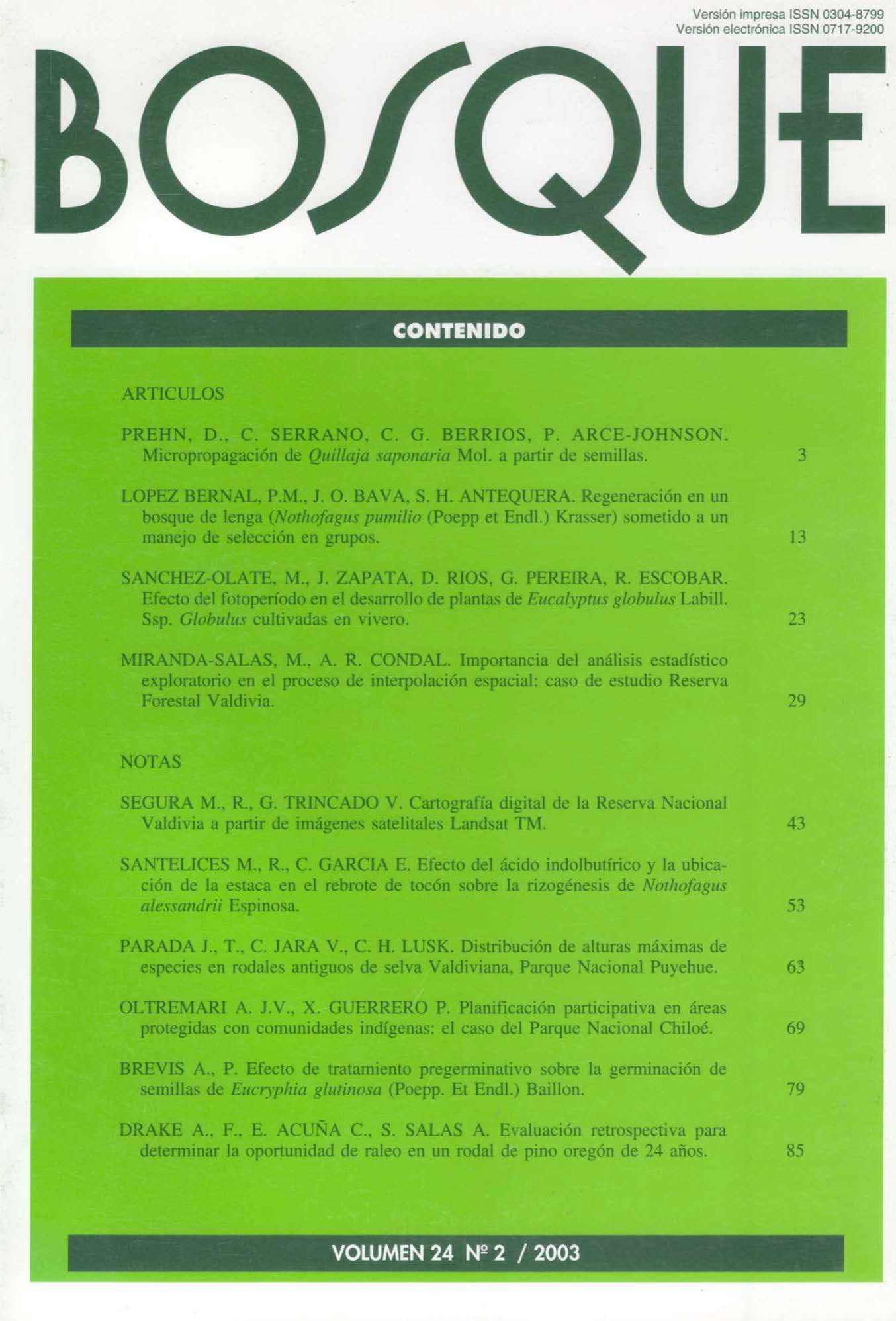Participative planning in protected areas with indigenous communities: the case of Chiloé National Park
Main Article Content
Abstract
The management of protected areas and the aspirations of indigenous local communities associated with these areas are frequently in conflict. Tools of participatory planning have been successfully used to collaborate in alleviating these conflicts. In this study, the case of the Chiloé National Park is analyzed using this type of approach. It is applied to a Huilliche community, who live at the boundary of the park, and involves problems of land tenure. Three participatory workshops were carried out with the community, one with children attending primary school to analyze their perception of the problem and two with adults to identify conflicts and their causes and consequences. The benefits of the park to the community in terms of their own land and a buffer zone were also discussed. The main problem identified by the community was the lack of a concerted plan to explain the development of the park to them. There is still a perception of uncertainty about the objectives of the protected area and the benefits of having the buffer zone. However, the community and CONAF are willing to continue a participatory project of mutual interest.

